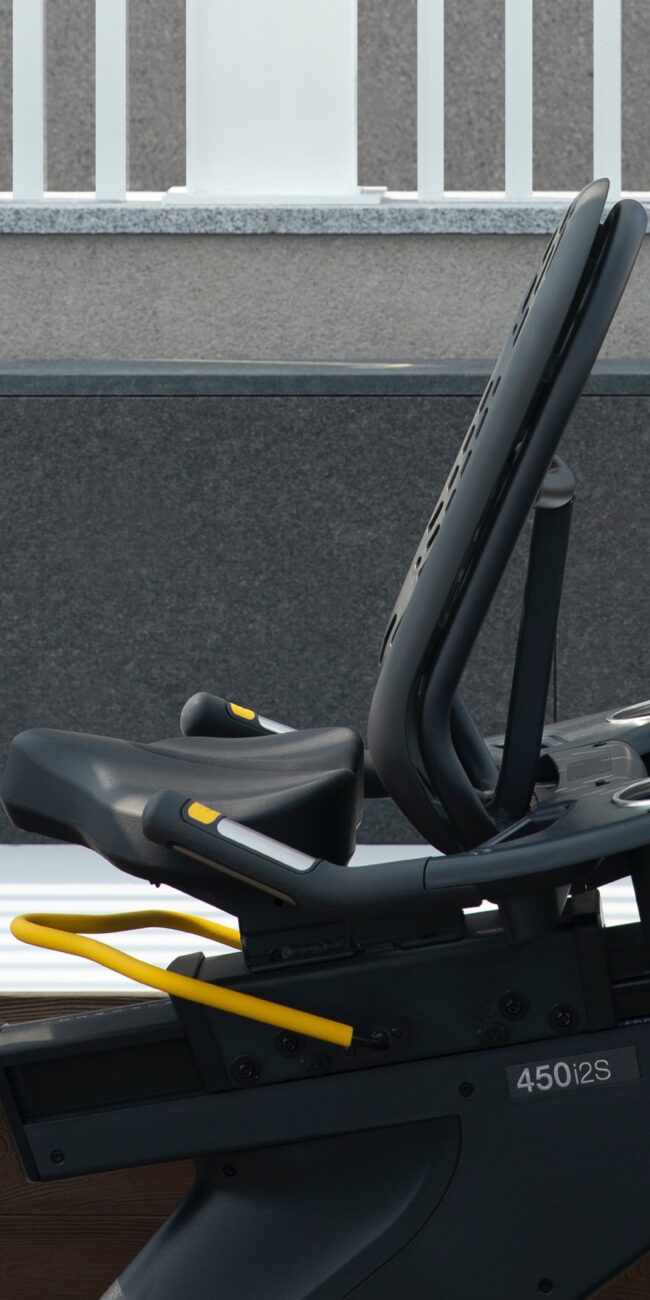
“Coat Hanger Pain” and the Connection Between the Pelvis and Shoulders
Have you ever experienced that nagging, tight feeling in your upper back and shoulders that feels like someone is hanging a coat hanger on you? If so, you’re not alone. This type of pain is common among people with conditions such as POTS and EDS. But what causes this pain and what can you do about it? Let’s take a closer look at the connection between the pelvis and shoulders and how to relieve coat hanger pain. First, let’s define what we mean by “coat hanger pain.” This type of pain is characterized by a feeling of tightness and tension in the upper back and shoulders, often accompanied by headaches and difficulty moving the neck and shoulders. It can be caused by a variety of factors, including poor posture, stress, and muscle imbalances.
They are constantly depleting their supply of oxygen-rich blood
Pain, or a charley horse-like sensation, in the back of the neck and shoulders is a common complaint of those who suffer from POTS and EDS. If your head-controlling muscles weren’t tonically active, your head would be constantly drooping. Because of this, they are constantly depleting their supply of oxygen-rich blood. So when standing your your upper body does not get as much blood flow due to orthostatic intolerance, there is a lack of oxygenated blood reaching certain muscles. Since they are tonically active, they generate lactic acid and cause a charley horse, much like a cramp in any other muscle group. This is a problem with your skeletal muscles. Ischemia in the muscle that keeps your head up is the likely culprit.
One factor that contributes to coat hanger pain is the connection between the pelvis and shoulders. The pelvis and shoulders are two parts of the body that are connected by a series of muscles and tendons. When the pelvis is out of alignment, it can cause strain on the muscles and tendons that connect to the shoulders, leading to pain and discomfort.
SO what can you do about it?
- Stretch regularly. Stretching can help to loosen tight muscles and reduce tension in the upper back and shoulders. Some good stretches to try include shoulder rolls, neck stretches, and upper back stretches.
- Practice good posture. One of the most important things you can do to alleviate coat hanger pain is to practice good posture. This means keeping your shoulders back, your head up, and your feet hip-width apart. By maintaining good posture, you can help alleviate strain on the muscles and tendons that connect your pelvis and shoulders.
- Strengthen your core. A strong core can help to support good posture and alleviate strain on the muscles and tendons that connect your pelvis and shoulders. There are a variety of exercises you can do to strengthen your core in the SALT program, including planks, side planks, and bird dogs.
- Massage and other bodywork techniques. Massage and other bodywork techniques, such as chiropractic care or physical therapy, can help to relieve muscle tension and improve alignment in the pelvis and shoulders.
By following these tips, you can help to alleviate coat hanger pain and improve your overall comfort and mobility. Remember to consult with your healthcare provider before starting any new exercise or stretching routine, and always listen to your body. With a little bit of effort and attention to your posture and movement, you can find relief from coat hanger pain and improve your overall symptoms.






